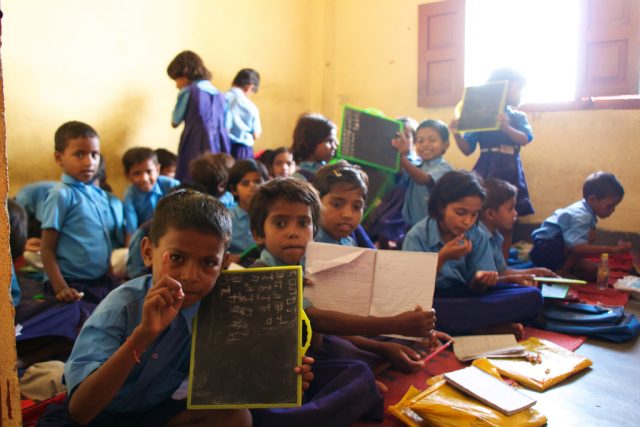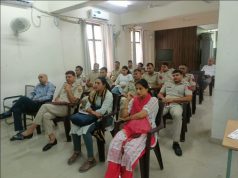An Overview of the Global Education Monitoring Report 2016: Understanding the Basic Framework
Education is one of the basic human rights that needs to be provided by all nations. It is important to note that education is for life and learning is life-long as it creates equal opportunities for all. According to Gandhi, “by education I mean an all-round drawing out of the best in child and man-body, mind and spirit. Literacy is not the end of education or even the beginning.”
It goes without saying that an educated person is more knowledgeable, empowered and responsive. It also helps in building a sustainable future. In the globalised knowledge economy, it is also a significant foundation for skills and competency development. An educated citizen is an active partner in development – be it social, economic, political or environment. The current article provides an overview of a recently published Global Education Monitoring Report 2016 titled ‘Education for People and Planet: Creating Sustainable Futures for all’ by UNESCO.
Global Education Monitoring Report 2016 states that, “education has the power like none else to nurture empowered, reflective, engaged and skilled citizens who can chart the way towards a safer, greener and fairer planet for all.” The report is introspective and makes very interesting remarks on education and learning. It treats learning in continuum with emphasis on learn for life.
The genesis of the Global Education Monitoring Report 2016 by UNESCO has its roots to the Incheon Declaration for Education 2030. The declaration is instrumental to “Ensure inclusive and equitable quality education and promote lifelong learning opportunities for all”. Global Education Monitoring (GEM) has been entrusted to provide an independent monitoring and reporting of the Sustainable Development Goal on Education (SDG 4) for the next fifteen years. It is indeed interesting to note that this edition of the report provides key inputs for policy makers to monitor and accelerate progress towards SDG 4.
The report is highly valuable for its clear cut agenda and calling the shots. It makes it imperative for governments and policy makers to look for new approaches with strong political will and resources in ensuring every child in school and studying. It also calls for immediate action on priority with long term commitment. It is heartening to point that education is seen as a force to reckon with to address and achieve other equally important sustainable development goals. It is a matter of great pride for all development thinkers who believe in education as catalyst for positive change and development. The report pivots education as a stepping stone to nurture the right kinds of behavior, attitude and skill for sustainable and inclusive growth.
The Global Education Monitoring report is large, comprehensive and loaded with wealth of information yet very in-depth. It certainly re-establishes the belief that education is at the heart of sustainable development. The report is spread in 24 chapters across 595 pages. The Introduction chapter sets the tone for the report with details on sustainable development as a strategy for people, planet and prosperity; the 2030 agenda that unites development and environmental sustainability; understanding education within sustainable development and reader’s guide to reading the report. The last chapter, titled Epilogue, is equally intriguing as it states that, “the aim of the new GEM Report series is to address how education at all stages of life – in school, at the workplace, at home and in the community – can be made more inclusive, equitable and of higher quality.” The report sums up saying that, “the 2017 GEM Report will explore the role of accountability in education at all levels.” Through and through, GEM Report calls for action at every level, from the local community to the global community.
The report is primarily for government and policy makers. However given its futuristic and realistic approach, it is a must reading reference material for activists, social change agents and students. It should be recommended as a library resource for institutions such as community development centers, public libraries and civil society organizations. Every professional associated with the corporate social responsibility in India must read it to understand the importance of education in achieving the larger goal of creating an inclusive society.
About the Author
Nirbhay K is a CSR professional and an IIT alumnus. Author can be reached @NirbhayK2.
The views and opinions expressed in the article are solely of the author in personal capacity and do not in any way represent views of any institution, entity or organisation that the author may have been associated with.
Thank you for reading the story until the very end. We appreciate the time you have given us. In addition, your thoughts and inputs will genuinely make a difference to us. Please do drop in a line and help us do better.
Regards,
The CSR Journal Team













